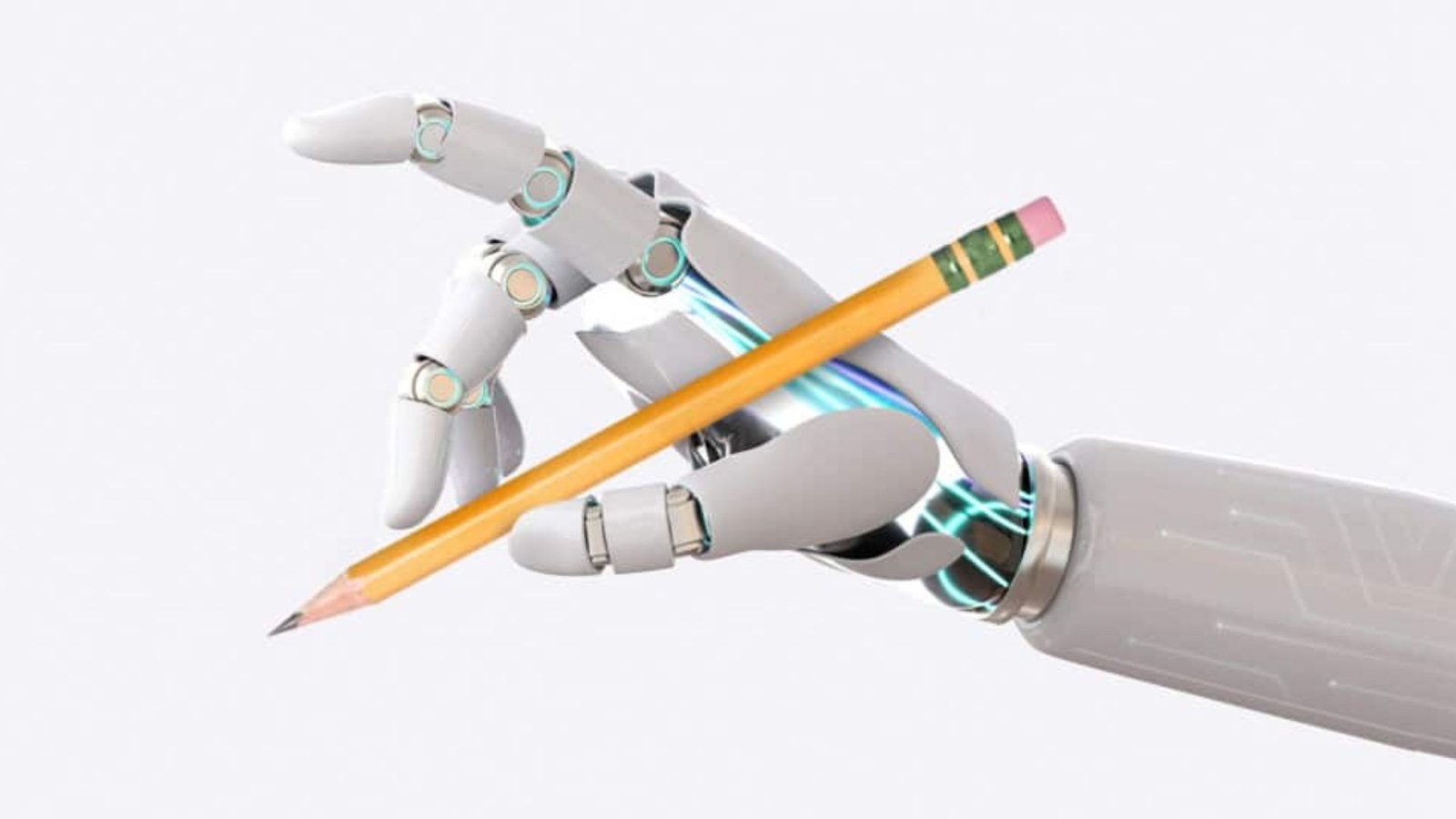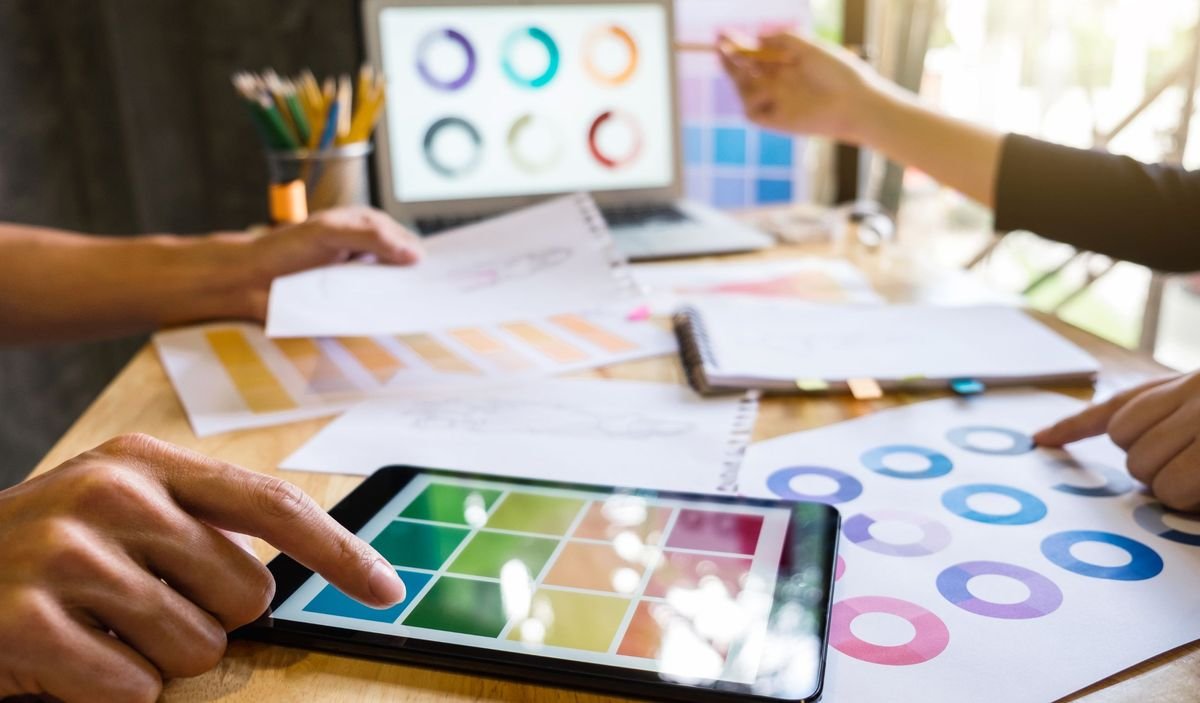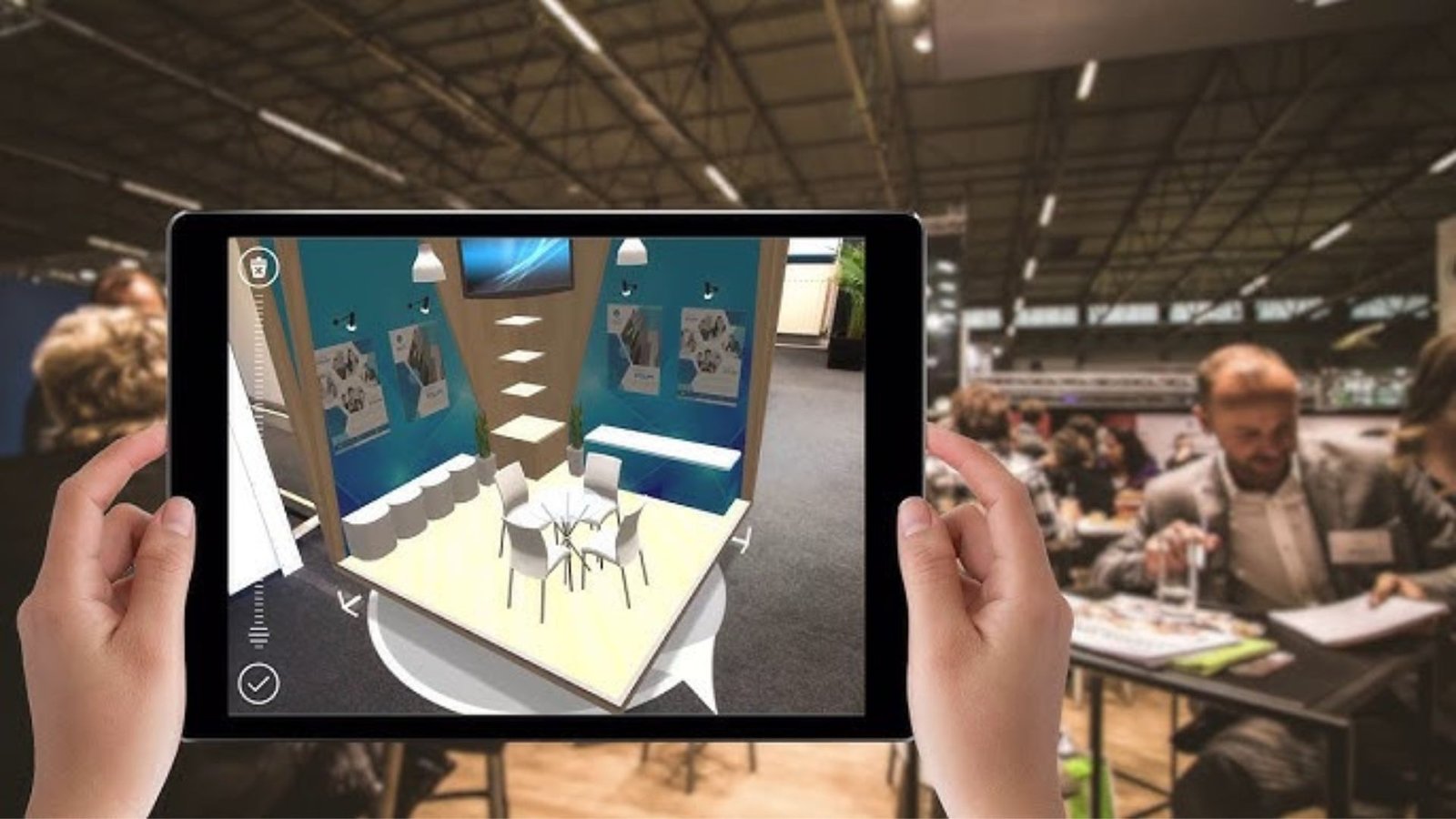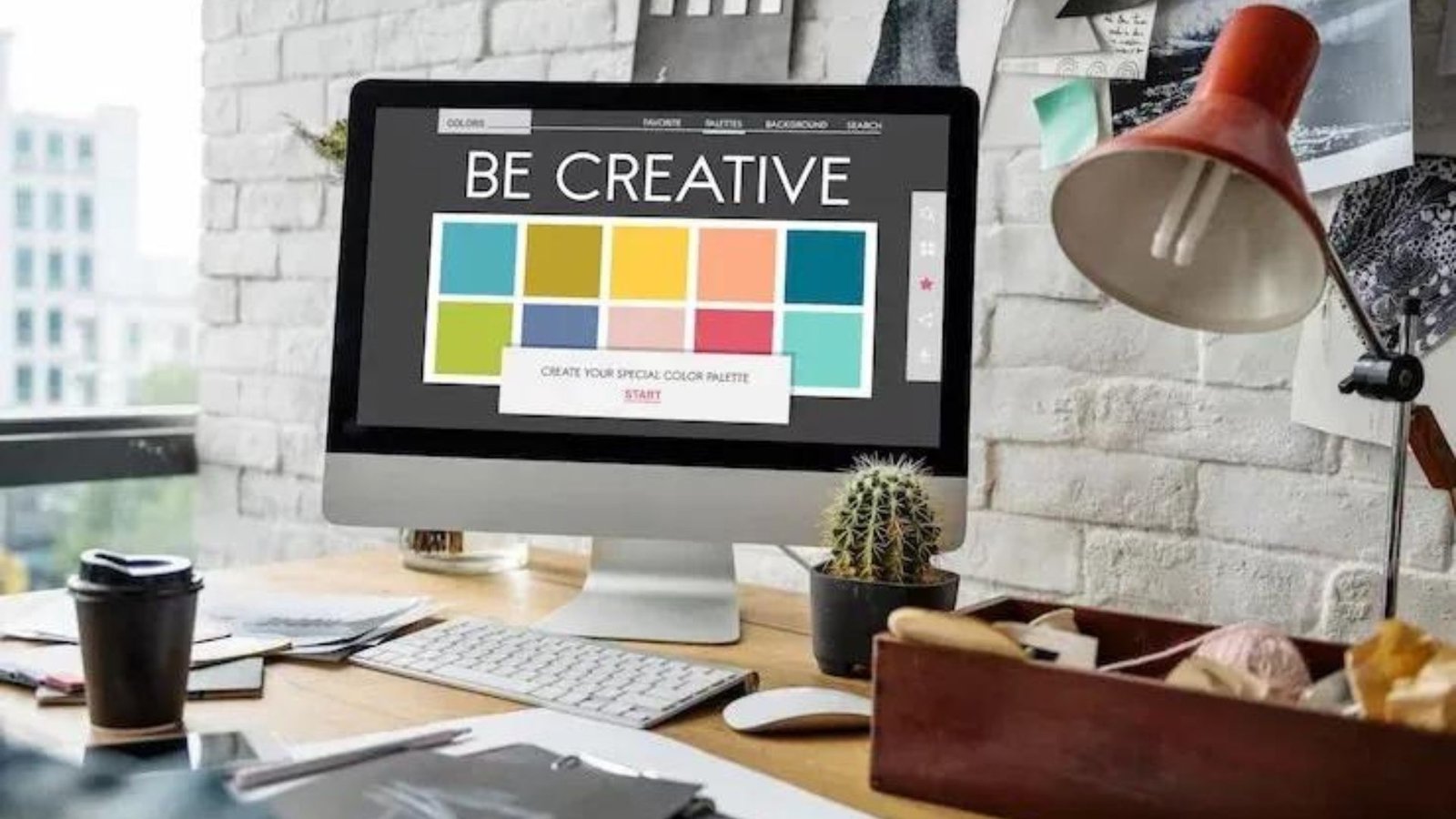Artificial Intelligence (AI) is making significant strides in various industries, and visual design is no exception. The impact of AI on visual design is transforming how designers approach their work, offering new tools and capabilities that enhance creativity and efficiency. In this blog post, we will explore how AI is influencing visual design, its benefits and challenges, and what the future holds for this evolving field.
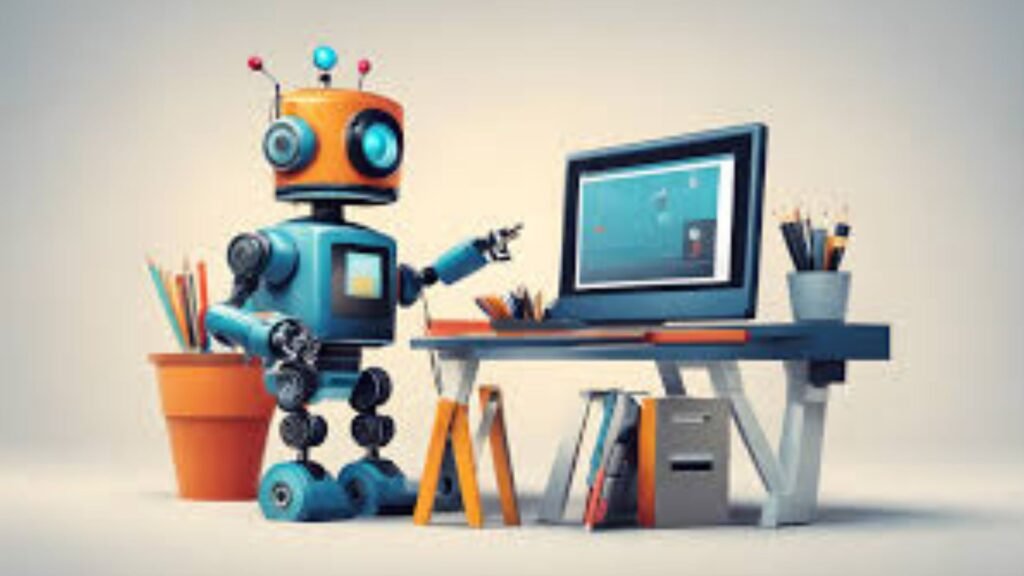
AI-Powered Design Tools
Firstly, AI-powered design tools are revolutionizing the way designers create and execute their work. These tools use machine learning algorithms to assist in various design processes. For example, AI can generate design layouts, suggest color palettes, and even create custom graphics based on input from the designer. This capability speeds up the design process and allows for more experimentation. Tools like Adobe Sensei and Canva’s AI-powered features are examples of how AI is being integrated into design software to make tasks easier and more efficient.
Enhancing Creativity with AI
Moreover, AI enhances creativity by providing designers with new ways to explore and visualize ideas. Generative design algorithms can create numerous design variations based on specified parameters, giving designers a wide range of options to choose from. These algorithms can also combine different design elements in innovative ways that might not occur through traditional methods. AI can also analyze trends and user preferences to offer design suggestions that are relevant and engaging. By leveraging AI, designers can push the boundaries of their creativity and explore new artistic possibilities.
Automating Repetitive Tasks
Additionally, AI is instrumental in automating repetitive tasks in visual design. Tasks such as resizing images, adjusting layouts, and removing backgrounds can be time-consuming. AI tools can handle these tasks quickly and accurately, freeing up designers to focus on more strategic and creative aspects of their projects. For instance, AI-powered image editors can automatically retouch photos or enhance quality, saving designers hours of manual work. This automation increases productivity and allows designers to allocate more time to the creative process.
Personalized Design Experiences
AI also plays a significant role in creating personalized design experiences. By analyzing user data and preferences, AI can help designers create tailored content that resonates with specific audiences. For example, AI can suggest personalized design elements for websites or marketing materials based on user behavior and demographics. This personalization enhances user engagement and improves the effectiveness of design efforts. AI-driven recommendations can lead to more relevant and impactful designs that cater to individual needs and preferences.
Challenges and Ethical Considerations
However, the integration of AI in visual design comes with its own set of challenges and ethical considerations. One challenge is ensuring that AI-generated designs maintain originality and avoid potential copyright issues. As AI can replicate and remix existing designs, it is important for designers to ensure their work is unique and legally compliant. Additionally, reliance on AI tools may lead to concerns about creativity being overshadowed by technology. Designers must balance the use of AI with their own creative input to maintain authenticity and innovation in their work.
The Future of AI in Visual Design
Looking ahead, the future of AI in visual design holds exciting possibilities. As AI technology continues to advance, we can expect even more sophisticated tools and capabilities. AI will likely become more integrated into design workflows, offering deeper insights and more intuitive features. The collaboration between human creativity and AI technology will drive the evolution of visual design, leading to new forms of artistic expression and design innovation. As AI becomes increasingly advanced, it will play a crucial role in shaping the future of visual design.
Conclusion
In conclusion, the impact of AI on visual design is profound and multifaceted. AI-powered tools enhance creativity, automate repetitive tasks, and enable personalized design experiences. While there are challenges and ethical considerations, the benefits of AI in visual design are substantial. By leveraging AI technology, designers can improve their efficiency, explore new creative possibilities, and stay ahead of industry trends. As AI continues to evolve, its role in visual design will become even more integral, driving innovation and shaping the future of the field.

